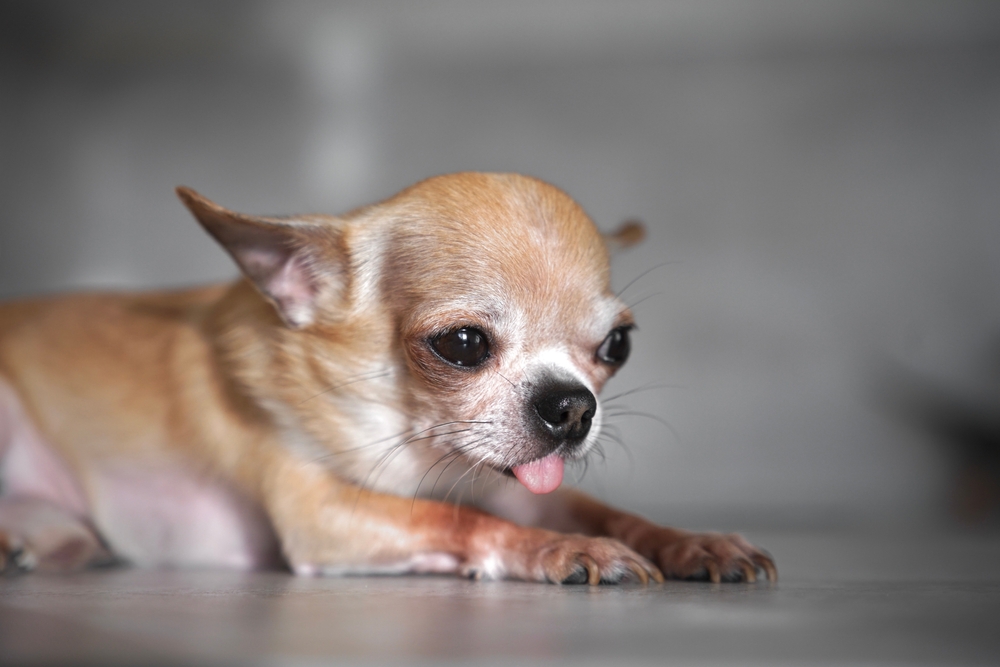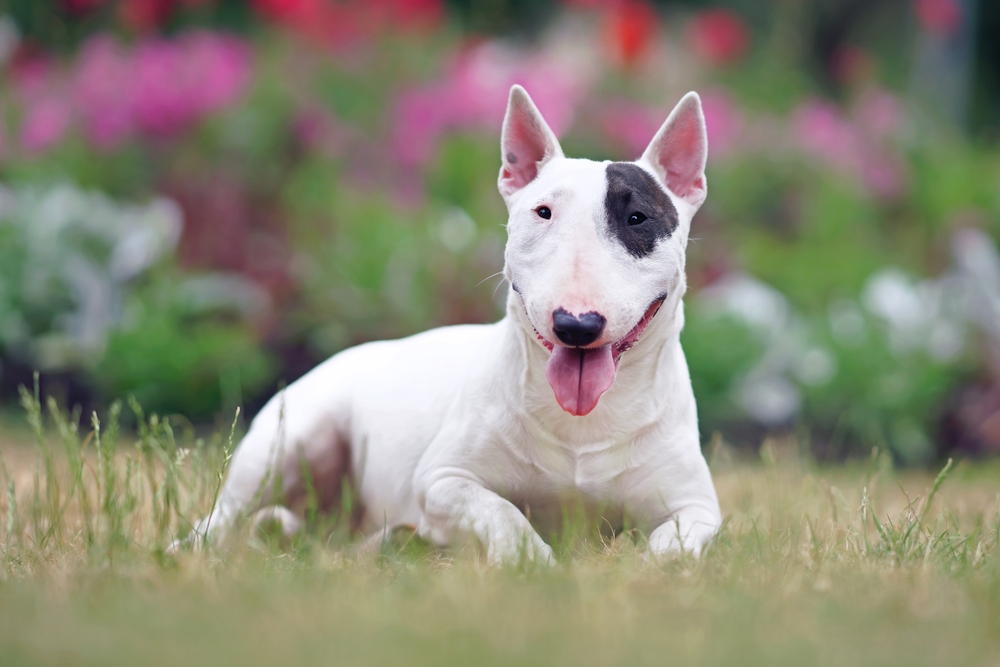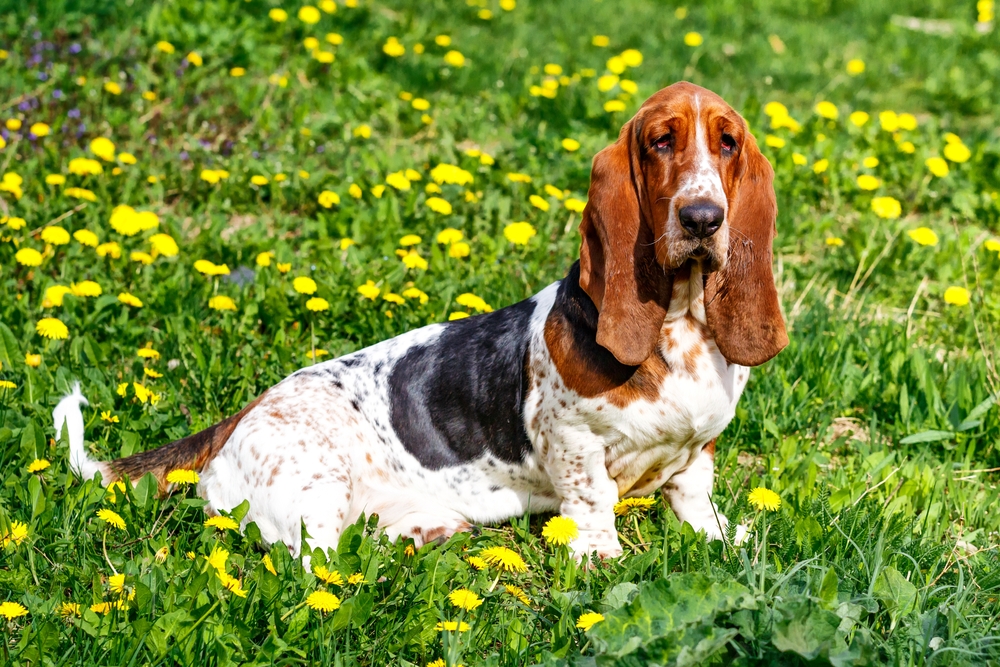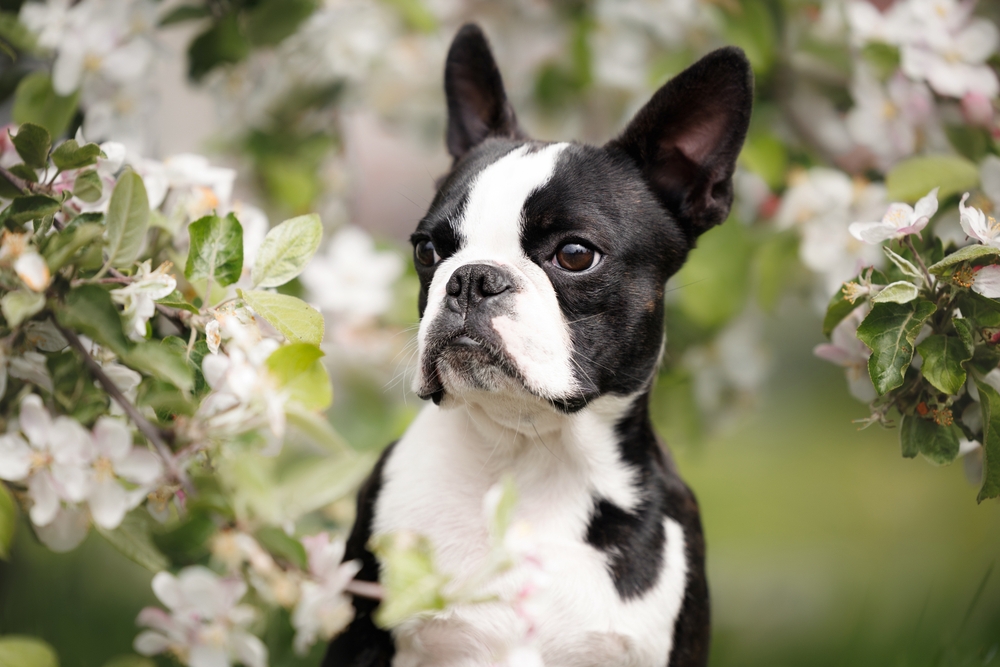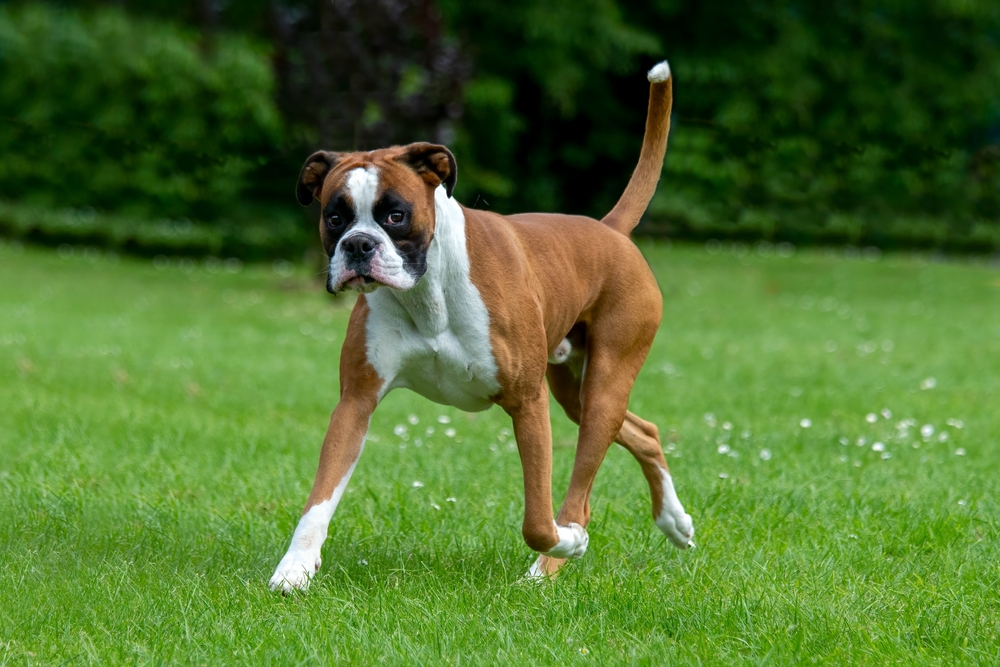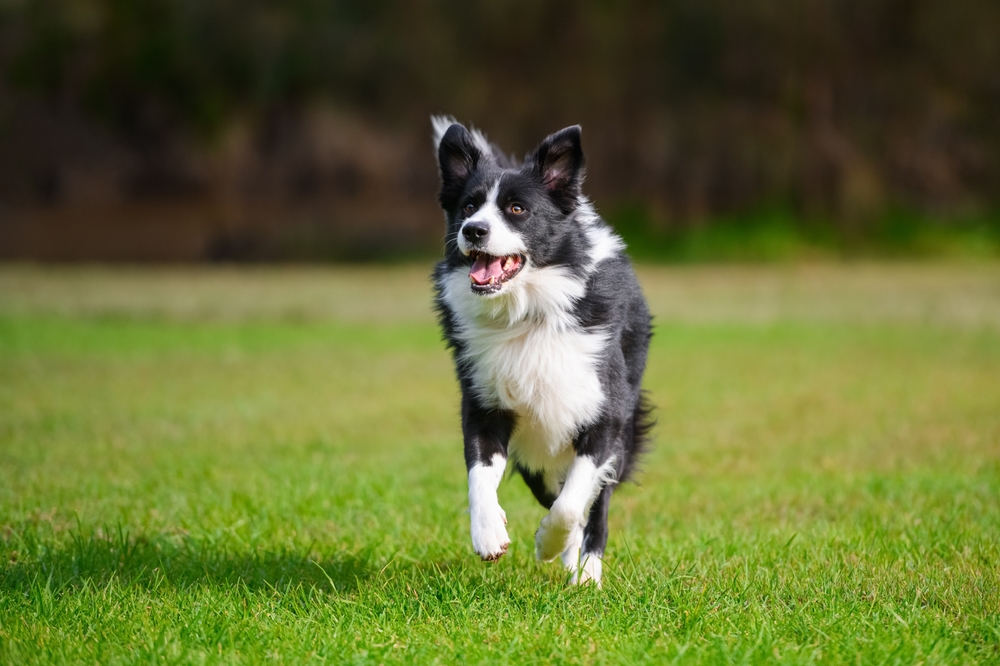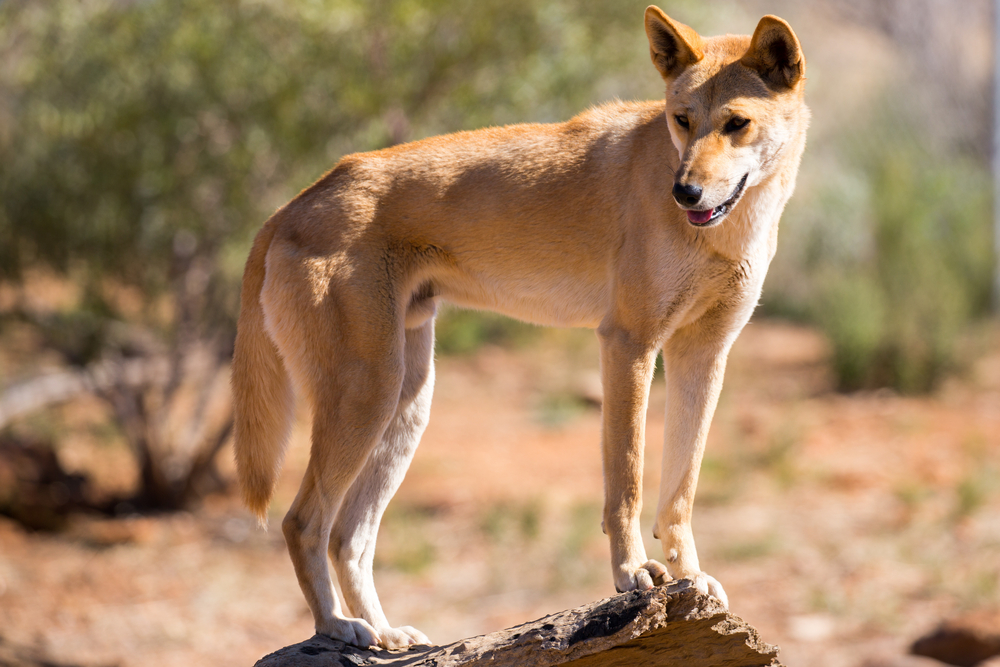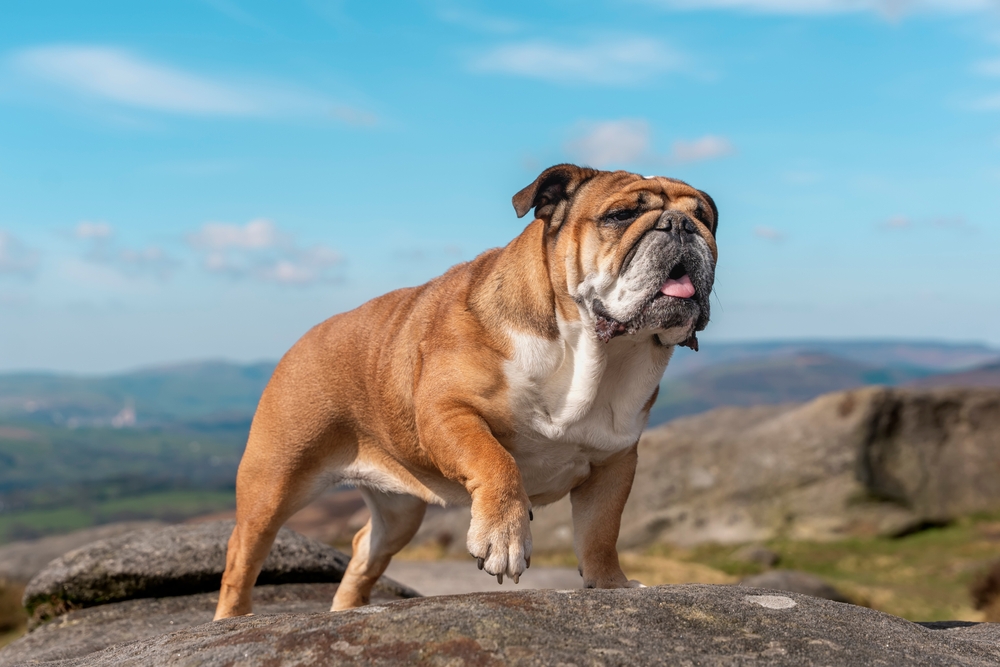Reproduction
The reproductive cycle of Chihuahuas follows the general domestic dog pattern, but their very small size often requires extra care during breeding and whelping:
1. Mating and Courtship:
Chihuahuas typically reach sexual maturity between 6 and 9 months, but responsible breeding is delayed until females are at least 18 months old to ensure full physical development. Courtship may involve playful interaction, scent-marking, and close bonding between the mating pair.
2. Estrus Cycle:
Females come into heat about twice a year, with each cycle lasting 2–3 weeks. The most fertile period generally occurs between days 9–14, though ovulation timing can vary individually.
3. Gestation:
The gestation period averages 63 days (about 9 weeks). Due to their tiny size and narrow birth canal, pregnant Chihuahuas require careful monitoring and may need a caesarean section (C-section) if the puppies are too large for natural delivery.
4. Birth of Puppies:
Typical litter sizes range from 1 to 4 puppies. The puppies are born very small—often weighing only a few ounces—and require constant warmth and supervision in their early days.
5. Care and Nurturing:
For the first 3–4 weeks, the mother provides warmth, cleaning, and nursing. Puppies open their eyes around 10–14 daysand start moving more actively soon afterward. Because Chihuahua puppies are delicate, even minor drops in temperature can be dangerous.
6. Weaning and Socialization:
Weaning usually begins at about 4 weeks, with soft puppy food introduced gradually. Socialization between 4–12 weeksis essential to build confidence and prevent fear-based behavior later in life.
7. Independence:
By 8–10 weeks, puppies are usually ready for rehoming, though many breeders keep them until 12 weeks to ensure proper growth and stability.
Because Chihuahuas are prone to birthing complications, hypoglycemia in puppies, and certain genetic conditions(such as patellar luxation and heart problems), responsible breeding requires thorough veterinary oversight and careful genetic selection.



































































